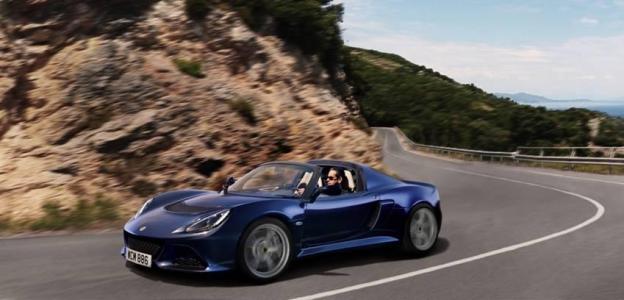
Lotus has gone and blown the roof off (literally) one of its most exhilarating models, the Exige, and created the Exige S Roadster.
In keeping with Lotus’ obsession with lightness, the Roadster doesn’t add a bunch of weight nor does it compromise performance with the loss of its top. In fact, Lotus engineers were so clever that they were able to cut weight when they chopped the top; the Roadster weighs 22-pounds less than the hardtop Exige S.
Powered by the same mid-mounted 3.5-liter V6 as the rest of the Exige range, the Roadster produces 345 horsepower and 295 pound-feet of torque. Power is sent to the rear wheels and launches the sunburn-inviting Roadster to 60mph from a dead standstill in 3.8 seconds.
For those who’ve been lamenting the virtual extinction of lightweight, rear-wheel drive, manual transmissioned sports cars, we urge you to give the Exige a look. While Porsche does away with its manuals in the high-end 911 range, Lotus proudly has stuck to its six-speed guns.
We absolutely loved the soft-top Elise and we love the standard Exige S so it’s safe to assume we’ll equally love the suntan-inducing Exige S Roadster.
Lotus has set pricing on the Exige S Roadster at just shy of $80,000. All things considered, it’s a pretty great price. The Exige S drives like nothing else on the road today, so we’d happily fork over our hard-earned money for it.
Now for some potential bad news. Lotus has yet to confirm when or if the Roadster will head Stateside but as soon as we know for sure, we’ll update you.


